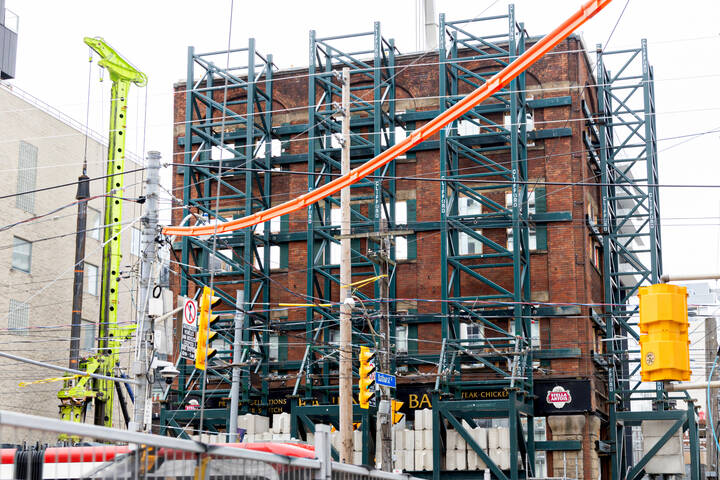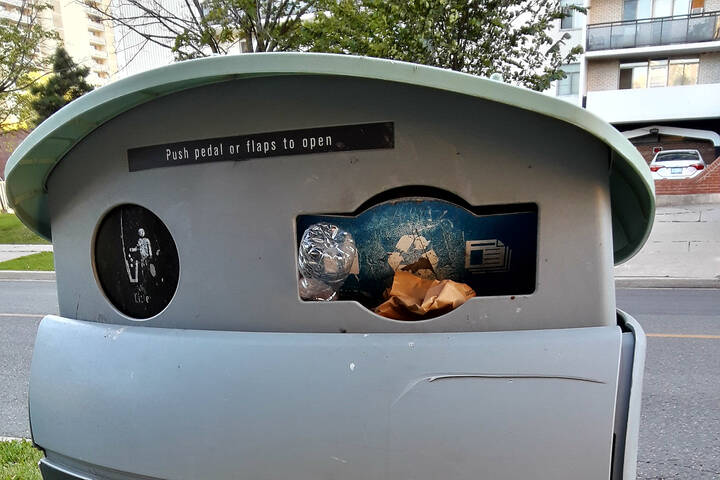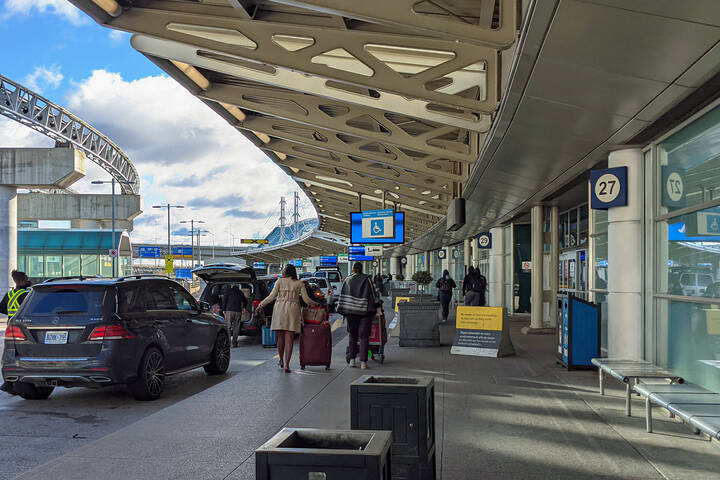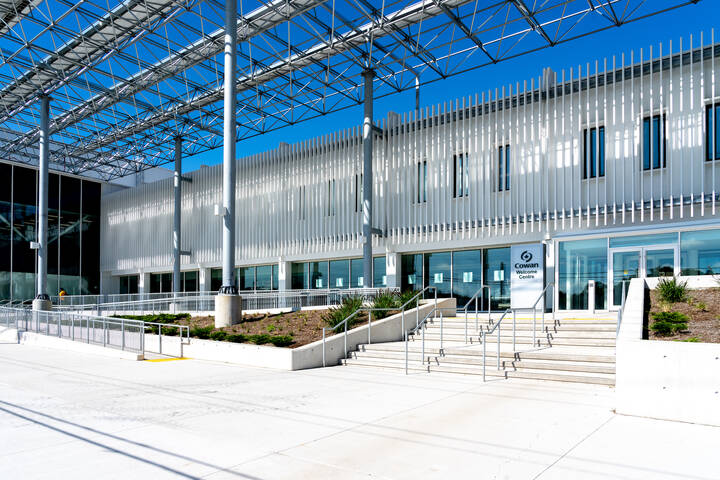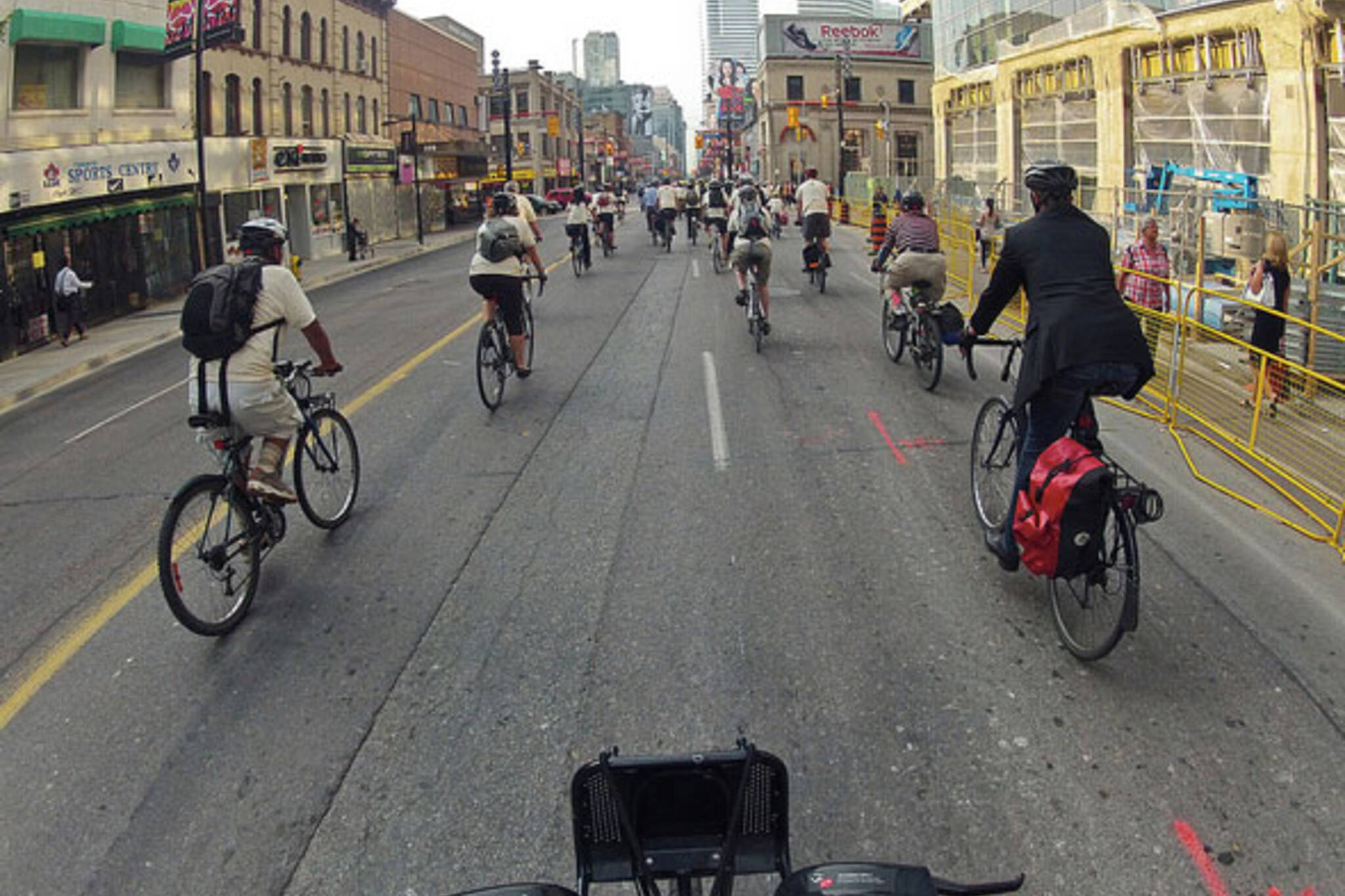
Is it time Toronto embraced car-free streets?
We've heard it before, that Toronto should clear cars from Yonge Street, especially around Yonge-Dundas Square due to the extremely high levels of pedestrian and transit traffic, but now there's some evidence that seems suggest these sorts of drastic steps wouldn't necessarily come with the negative impact on businesses that people tend to fear.
Draft findings by the Oregon Transportation Research and Education Consortium discussed over at Atlantic Cities found customers who arrived at 81 businesses in various locations in the city on foot or by bicycle were in several cases just as likely to spend money compared to people who came by a car.
Indeed, at restaurants, bars, and convenience stores in the survey area those that answered the survey said they were just as happy to splash the cash compared to people with sets of car keys in their pockets. Carless visitors spent less per visit, but they seemed to come more often.
There are some clear limitations to the results: drivers will always spend the most at the supermarket because they have the trunk space to easily carry mountains of groceries home; they will also, hopefully, spend less at a bar to avoid a night in the drunk tank and DUI charges.
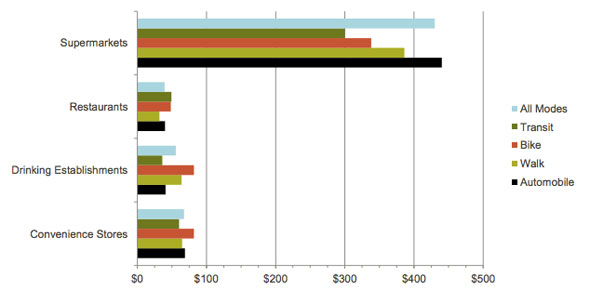
What is surprising here is the carless customers polled said they made more frequent stops at local businesses, possibly because it's easier for them to do so given widely available bike parking and the improved chances for an impulse visit based on appearance.
That said, Kelly Clifton, the author of the study, stresses these results came from streets where all modes of transport were allowed. "The majority of customers at all of the businesses still arrived by car," she says in an email, "So while I think that non-automobile consumers are competitive, the automobile still plays an important role for economic vitality — at least for now — in American cities."
"There are exceptions, of course, and one can imagine that this would change with changes in travel costs and improvements to infrastructure and services for non-automobile modes. I think political will to make these changes will come incrementally. But support is building for more walkable and bikable communities."
Emily Badger, the author of the Atlantic Cities post, wonders whether the findings suggest a "green dividend" — extra spending money generated by freedom from a costly automobile — is at work in the results. If it's present in Portland, why not here?
What do you make of these findings? Could certain areas of Toronto like Kensington Market and Yonge-Dundas Square be just as well served by cutting the cord on vehicle traffic? The Distillery is a quasi-pedestrianized area (there's parking on the outside and the entire site is really a destination in itself) yet there's a thriving shopping scene there, especially at this time of year with the Christmas market. Could we copy that concept in other parts of the city? If so, where?
Full report: "Consumer Behavior And Travel Mode Choices" [PDF]
Chris Bateman is a staff writer at blogTO. Follow him on Twitter at @chrisbateman.
Photo: "Bike Gang" by Jackman Chiu in the blogTO Flickr pool.
Latest Videos
Latest Videos
Join the conversation Load comments


